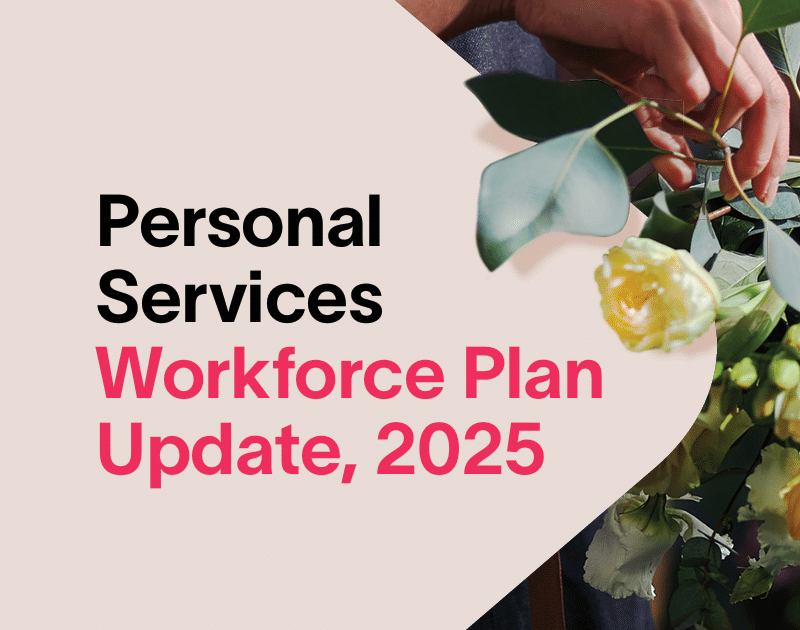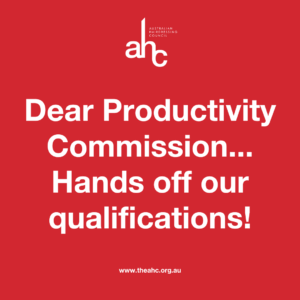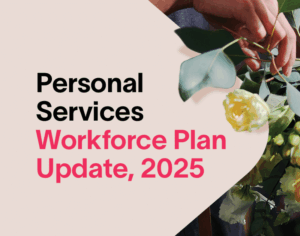Is Hairdressing is at a tipping point? Let’s Talk About It.
(Insights from SaCSA’s Personal Services Workforce Plan Update 2025)
There’s no easy way to say this. Hairdressing in Australia is at a tipping point.
The latest Workforce Plan Update 2025 from SaCSA presents the reality clearly. This industry supports over 63,000 jobs nationally and plays a vital role in both local economies and community wellbeing. Yet it has now been officially listed as an occupation in shortage for four years running. That is not a temporary issue. It signals a deeper, ongoing challenge that cannot be ignored.
The problems start well before someone walks into a salon. According to Jobs and Skills Australia, in 2022–23 fewer than half of all advertised hairdressing positions were filled. Among those who applied, 85 percent were considered unsuitable. The report identifies a “long training gap” as a key driver. Simply put, it takes too long to get qualified, and fewer people are choosing to complete the journey. Enrolments in the SHB Hairdressing and Beauty Services Training Package have dropped by more than 30 percent since 2015. Completion rates have also declined.
But qualification is only one part of the problem.
Retention after training is another major concern. Many graduates leave the profession within 18 months. They often cite low pay, limited progression opportunities, and working environments that feel unsustainable. The average salary for a hairdresser is around $31,000 per year (noting that a large part of our workforce is considered part time), which is well below the national average. Factor in rising costs, casualised work arrangements, and a growing shift toward self-employment, and it becomes clear why people are walking away.
Despite these issues, demand for hairdressers remains steady and is projected to grow. Hairdressing makes up a large share of Australia’s 290,000-strong Personal Services workforce. This growth reinforces the need to update training pathways and workforce planning so we can meet future demand.
That is where the Australian Hairdressing Council (AHC) has stepped in. As the national voice for the hairdressing industry, the AHC is actively involved in the policy and planning processes that are shaping the sector’s future. We are not just observers. We are working alongside SaCSA and other stakeholders to make sure industry voices are reflected in real reform.
Our collaboration with SaCSA includes:
- Contributing to the review of key hairdressing qualifications, calling for the removal of outdated content and the inclusion of more relevant training
- Advocating for better support and flexibility in apprenticeship models, especially for small businesses
- Highlighting workforce access issues in regional and remote areas, where more than 200 communities currently have no local hairdresser
We are also seeing a clear disconnect between how salons operate and how apprenticeships are structured. There are a growing number of salons leaning into freelance and rent-a-chair models. These structures often do not fit easily within the traditional apprenticeship framework, and this limits their ability to train the next generation. We need more flexible models that recognise the diversity of today’s businesses.
The AHC has consistently raised these issues at a national level. Whether through workforce roundtables, advisory groups, or direct consultation, we ensure that the lived experiences of hairdressers are front and centre. We are not advocating from the sidelines. We are working with government and training bodies to ensure that every change reflects what is actually happening on the ground.
If you are a salon owner, educator, apprentice, or solo operator, know that your challenges are being heard. But more importantly, they are being represented.
This moment is about more than workforce planning. It is about defining the future of our industry. The AHC will continue to be at the table for every conversation that matters. Because real change starts when industry leads the way, and we are proud to do exactly that.



